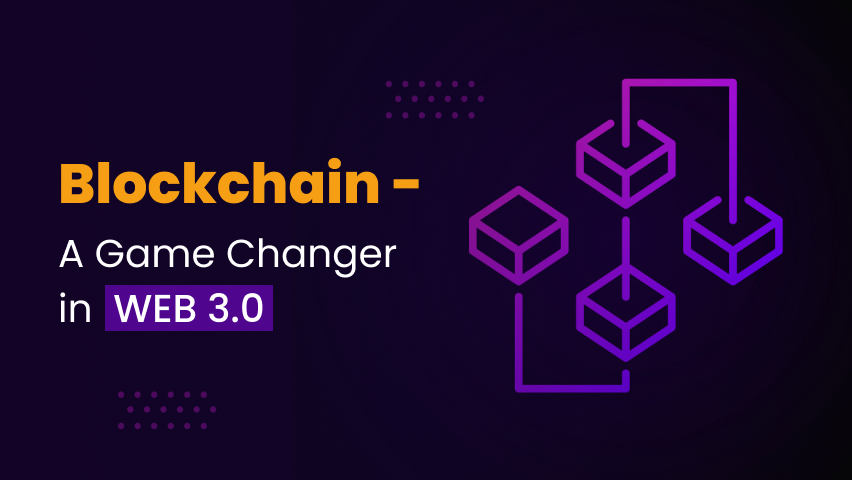The Rise of Web3 and Its Implications.
In recent years, the term "Web3" has been gaining traction, promising a new era of the internet that is decentralized, user-centric, and more secured. But what exactly is Web3, and what are its implications and features which will improve or add some change in the future of finance, technology, and beyond?
What exactly Web3 is?
Web3, or Web 3.0, represents the next generation of the internet, built on blockchain technology. Unlike Web 2.0, which is dominated by centralized platforms and services, Web3 aims to create a decentralized ecosystem where users have more control over their data, identity, and online interactions. At its core, Web3 provides decentralized protocols, smart contracts, and various cryptocurrencies to switch to smart systems which will work as peer-to-peer transactions and services without intercessors.
Feature of web3.
|• Decentralization:
Data and applications are scattered across a network of nodes rather than stored in centralized providers, reducing and lessening the risk of single points of failure and enhancing security.
|•User Ownership:
Users have control over their own data and over every digital assets which are often managed through cryptographic keys. This empowers all the individuals to own and monetize their digital identities all by themselves.
|•Transparency and Trust:
Blockchain's immutable ledger gives a transparent and full-proof record of transactions, fostering their trust among users and reducing the need for intercessors. To make the users for relying on the ecosystem of blockchain.
|•Interoperability:
Web3 protocols and rules are framed and designed to work seamlessly with each other, allowing different blockchain networks and applications to interconnect and share the data and statistics without abrasion.
Implications of Web3.
|•Financial Services:
Web3 is set to make far-reaching changes in the financial industry through decentralized finance i.e. (DeFi). DeFi platforms enable the access for financial transactions such as lending, borrowing, and trading without traditional banks. Moreover on the platforms of Blockchain these transactions take place with the help of binance. This democratizes access to financial services, especially for the unbanked and underbanked populations.
|•Enhanced Security:
The data which is stored across decentralized networks and secured by cryptographic algorithms, Web3 continuously and significantly reduces the risk of hacking and data breaches, offering a more secured internet.
|•Digital Identity and Privacy:
Web3 provides a new and smart approach to digital identity management, allowing all the users to own and control their identities across multitudinous and numerous platforms and programmes. This can surely enhance privacy and security while reducing the risk of data breaches, hacking and identity theft.
|•Tokenization of Assets:
The tokenization of physical and digitized assets is a key innovation and transformation of Web3. By presenting the assets such as real estate, art, and even intellectual property as digitized tokens on the blockchain, Web3 provides easier and more efficient transactions, fractional ownership, and fluidity .
|•Governance and DAOs:
Decentralized Autonomous Organizations (DAOs) are novel form of governance enabled by Web3. DAOs allow the communities to collectively make decisions and manage resources without concentrating leadership, promoting transparency and inclusivity.
Challenges and considerations.
Web3 though also faces several challenges which are:
|•Scalability:
Current blockchain networks need to improve their scalability to hold over a large capacity of transactions expertly.
|•Usability:
The user that uses the applications of web3 needs to be more instinctive to work on mainstream adoption.
|•Regulation:
Navigating the regulatory landscape for decentralized platforms and cryptocurrencies remain multiplex and uncertain.
Conclusion.
The rise of Web3 proclaimer a transformative shift in how we interconnect with the digitized world. By prioritizing over decentralization, user ownership, and interoperability, Web3 has the prospective to adapt industries and build up new opportunities for transformation and involvement. As we move towards this new era, it is crucial to accept the challenges and ensure that the benefits of Web3 are accessible to all.
Posted Using InLeo Alpha

Keep up the good work. 👏
You are loved. 🤗 + u deserve the best. 💪
Curated by Mystic artist Gudasol
Interested to to help me spread more positivity (musically) on Hive?.